The picture below is of one of our colleagues who is currently teaching middle school vocal music in San Antonio, Texas. Vicke, like most of us, was thrown into distance learning last Spring, learned more technology in the past six months than during her entire career, and now will be teaching vocal music with personal protective equipment this Fall. Even with the challenges of PPE, she has a remarkable attitude and great plans in place for her students this year. Good luck Vicke, and good luck to us all.
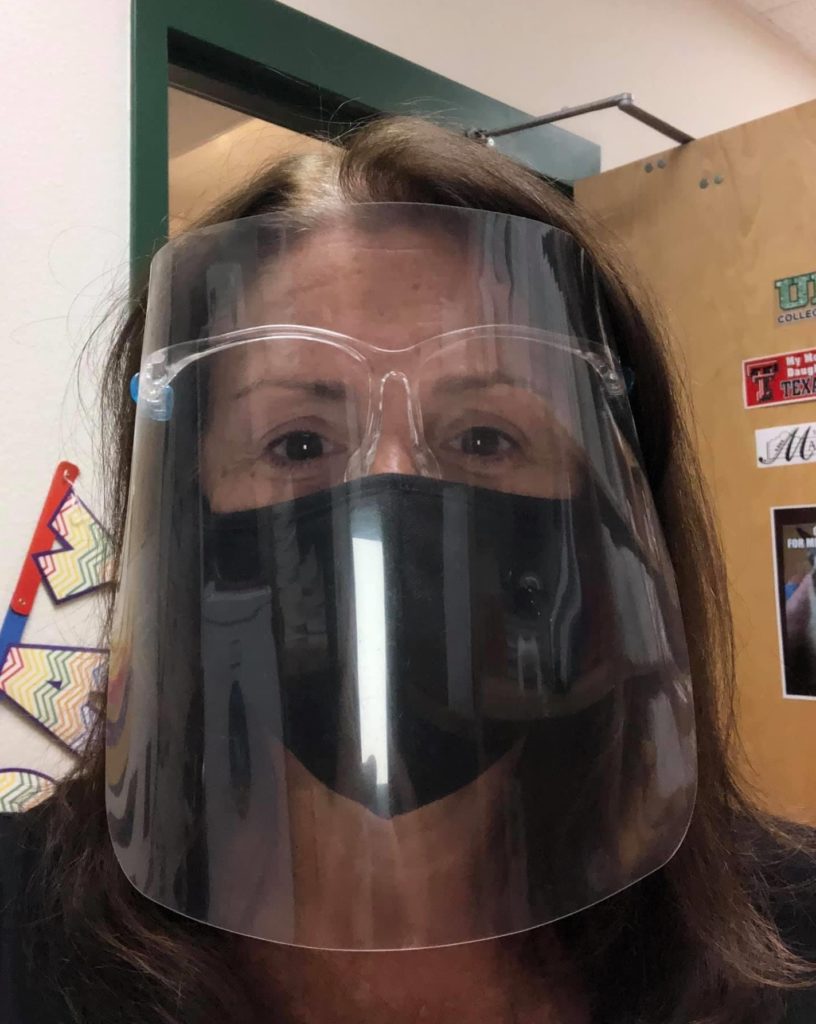
Wallace B Jefferson Middle School
My First Experience Singing With a Mask
This past Spring was the first time I sang with a mask, and it was very disheartening. I was at church singing two verses for our opening hymn for one of our live stream services. I remember thinking to myself, “I can’t do this – this will never work.”
Everything felt so different. When I took a breath, the mask was drawn into my mouth. As I sang, it felt like my voice was contained in the mask. My ears searched for the normal auditory feedback from the sanctuary, but I sensed very little acoustical response.
And the worst part of it all was what I did instinctively to overcompensate for all the new sensations I was experiencing. When I sang the next hymn, I found myself breathing shallow, really pushing my voice through the mask, and waaaaaay overdoing my diction. By the end of the service, I felt vocally, emotionally, and professionally defeated.
If I was vocally and emotionally drained after leading three hymns during a one-hour church service, how would I ever be able to teach and sing five days a week next year? And retirement is not an option – yet.
Searching for Answers
After my mask incident at church, I started searching for the answer to my question and began collecting information and research related to wearing masks. I looked for information regarding PPE masks and its effect on spoken communication and any other good advice that might be available. What I found was that there is very little research regarding teaching or singing with a PPE mask.
To help me navigate through the current information, I asked my sister in law, Susan Butterfoss M.A., who is an ASHA Certified Clinical Speech-Language Pathologist for her assistance. She is an experienced speech pathologist, vocalist, and voice therapist in Central New Jersey. Susan and I spent the last month collaborating on this blog.
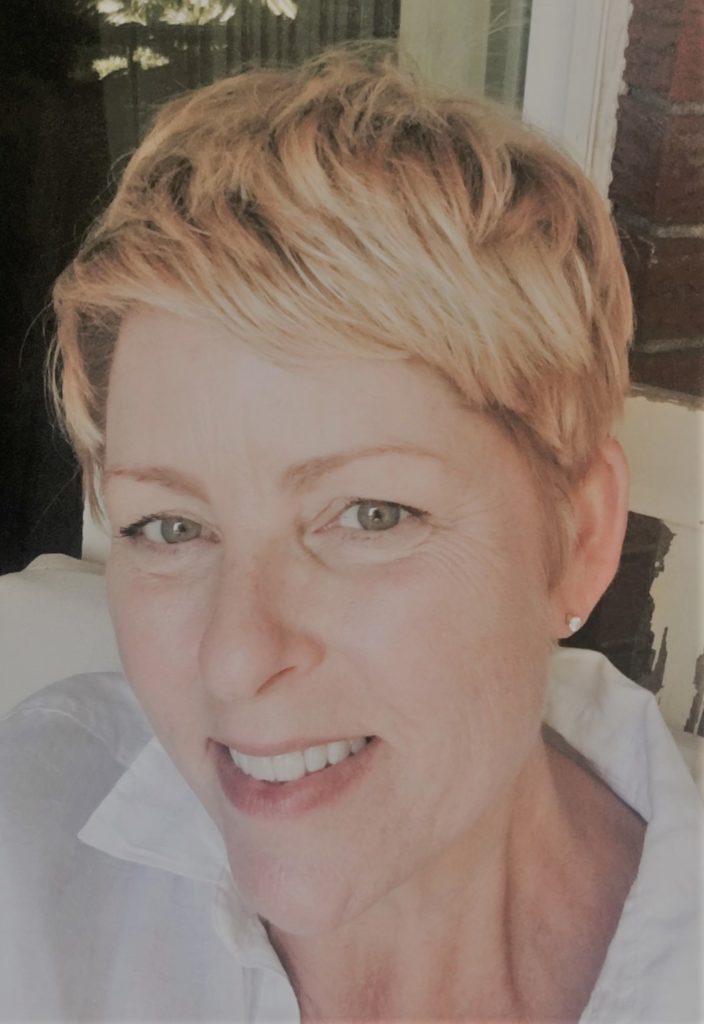
Together, we uncovered four areas in which PPE masks negatively affect spoken and sung communication. The four areas of concern are Reduced Decibel Levels, Attenuated Frequencies, Diminished Word Boundaries, and Blocked Facial Cues. Each specific area of concern may not seem too discouraging on their own. Still, when they come together, they create the perfect storm for a loss of quality of spoken/sung communication and possible vocal fatigue for students and teachers.
1. Reduced Decibels Levels
The mean decibel level of conversational speech is around 60 dB. Masks can attenuate sounds ranging from 3 to 4 dB for simple medical masks, to 12 dB for the N95 masks (The Hearing Review). So, if we start a teacher’s standard conversational speaking volume at 60 dB and subtract 8 dB for the mask, we are left with 52 dB. That’s not too bad. BUT, if we then bring in the average classroom noise level of 33 dB, the teachers’ spoken volume is now only 19 dB above the learning environment. Not terrible, but not good.
2. Attenuated Frequencies
The Hearing Review also reports that PPE masks filter the high frequency speaking sounds that range from 2000-7000 Hz. These unvoiced consonances (see below) are significantly weakened or lost when wearing a mask. Vowels and voiced consonants will always be perceived stronger and understood better than unvoiced consonants – mask or no mask. This is part of the reason why people sound like they are mumbling when talking through a mask. Still not terrible news, but not good.
3. Diminished Word Boundaries
Diminished perception of particular speech sounds results in a diminished perception of word boundaries. Word boundaries are the perception of where one word ends and the next begins. This is a critical component of spoken communication. Speech is continuous – one word connected to the next resulting in a “blur” due to the change in the initial and final sounds of words. This “blur” is of concern when masks weaken these sounds further and thus decay the delineation between words.
4. Blocked Facial Cues
Teaching with a face mask blocks the student’s visual access to the mouth and conceals potential facial cues. Visual cues such as facial expression and articulation are used by listeners to fill in context for instruction and are now obstructed. Many students are also at risk of missing information and losing instruction as they often rely on the teacher’s expression and visual input to sustain their focus. For the education profession and especially music instruction, this is terrible news.
Overcoming the Obstacles
Each of the four areas of concern in and of themselves don’t seem to be too difficult to deal with. But when they are compounded, they create an obstacle that can seem overwhelming and even devastating to our profession.
“Never let a good crisis go to waste.”
Attributed to Sir Winston Churchill
The answer to this dilemma lies in our ability to adapt and adjust. To make small modifications in our instruction that, when compounded, they create palatable solutions that will see us through the pandemic while at the same time strengthening our instruction. Below you will find strategies for each of the four areas of concern. To be successful, each area must be addressed.
“Alone we can do so little. Together we can do so much”
Hellen Keller
1. Strategies to Compensate for Reduced Decibel Levels
- Reduce competing environmental noise and distractions as much as possible.
- Check for understanding.
- Confirm students can hear the speaker.
- Ask participants to repeat important information or instructions.
- Ask participants to re-state an idea in their own words.
- Investigate using a classroom sound system or purchasing a personal amplification system.
2. Strategies to Compensate for Attenuated Frequencies
- Develop procedures and techniques to cultivate group focus and attention.
- Compensate for diminished word boundaries by attending to the articulation of initial and final word sounds and slowing speech rate.
- CAUTION! Avoid developing bad compensatory habits that can hurt the voice, such as an abrasive glottal attack/onset, and singing or speaking too loudly.
3. Strategies to Improve Diminished Word Boundaries
- Increase attention to the precision of articulation – especially in the initial and final position of words and unvoiced sounds such as p / f / th / t / s / sh / k / ch / h.
- Know your speaking rate. The Average Speaking Rate and Words per Minute for English speakers in the United States is about 150 wpm (words per minute). Presentations such as TEDx Talks average around 100 – 150 wpm.
4. Strategies to Improve Blocked Facial Cues
- Maintain a direct visual line of communication between speaker and listener.
- Increase eye expression and general gestures/pantomime as appropriate.
- Increase the use of visual references for all students – whiteboards, posters, flip charts, notes, etc.
- Trial transparent face masks or face shields – Transparent Face Mask with plastic shield
Handouts for Teachers and Vocalists
Specific exercises can improve resonance and vocal quality and are among the ways to help our words be understood, and our voices remain healthy and sustainable. The attached handouts provide teachers and vocalists with clinical insight from a speech pathologist’s perspective that is meant to help redirect our focus from what our voices sound like to what our voices feel like. The instructions and exercises are intended to guide the speaker/singer to physical sensations and vocal approaches, which can help to produce a good, healthy voice. The guidance provided is not a substitution for appropriate medical care for the voice. Please consult your physician if you are experiencing pain, discomfort, or chronic changes in your voice.
Conclusion: Teaching and Singing While Wearing a Mask
Speaking and singing while wearing a mask is incredibly challenging. Although there is limited research thus far, we identified four aspects of singing and speech which are impacted by wearing a mask: masks diminish decibel levels, attenuate certain speech sounds, distort word boundaries, and block visual facial cues. Together, these four concerns inhibit communication and put teachers and students at risk for developing harmful speaking and singing habits.
When teaching or singing with a mask, our first instinct may be to push and make our voices louder. This, of course, is not sustainable or even a healthy way to be heard. Our collaboration produced several recommendations to compensate for the mask. These include slowing speech rate, attending to articulatory markers that identify word boundaries, and augmenting our spoken instruction with visual aids.
Name that Mask
Below you will find four recordings of the fourth verse to the hymn, Praise, My Soul, The King of Heaven. These recordings were recorded on Sunday, August 30, at the First Presbyterian Church of Skaneateles, in Skaneateles, New York. After listening to all four recordings, rank your preference and see if you can distinguish between the following three masks (one recording is with no mask). The answers can be found at the end of this blog.
Mask #1 – A Standard three-layered disposable single-use face mask.
Mask #2 – A two-layered cloth facemask that my daughter made for me.
Mask #3 – The Singers Mask from the Broadway Relief Project.
No Mask
References
Why Is It Hard To Understand Someone With A Mask On?
How Do Medical Masks Degrade Speech Reception?
Using Masks for In-Person Service Delivery During COVID-19: What to Consider
DESIGN OF AN AUTOMATIC WORD BOUNDARY DETECTION SYSTEM USING THE COUNTING RULE: A Thesis Defense
Personal Amplification Systems
Giecy Voice Amplifier Portable Bluetooth 30W 2800mAh Rechargeable PA System Speaker
Name that Mask Answers
Recording #1, disposable single-use face mask
Recording #2, No mask
Recording #3, The Singers Mask
Recording #4, Two-layered cloth mask


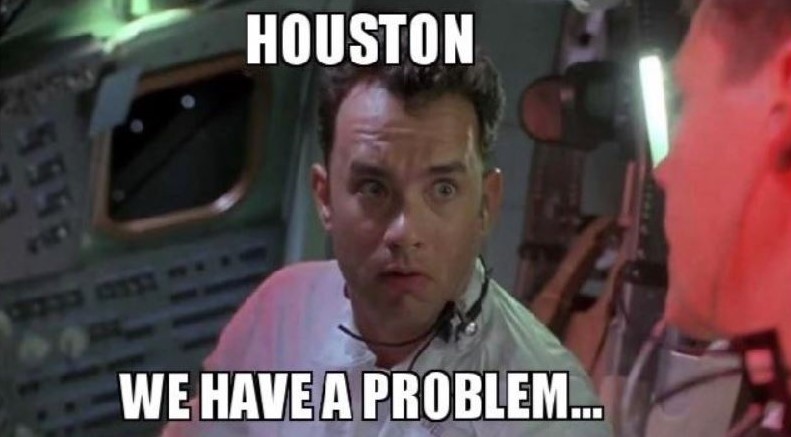
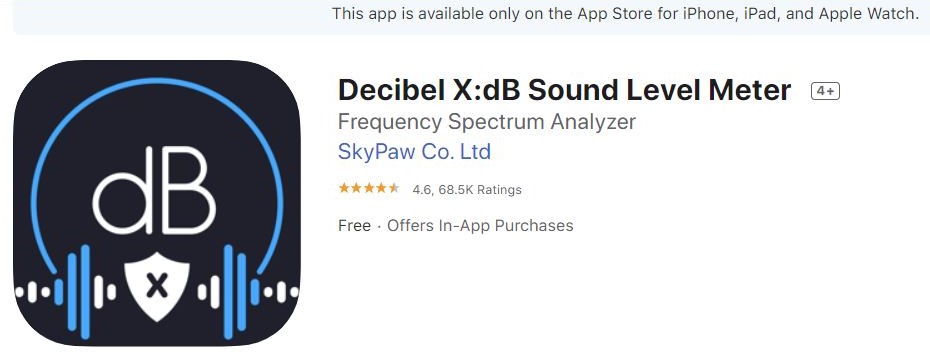
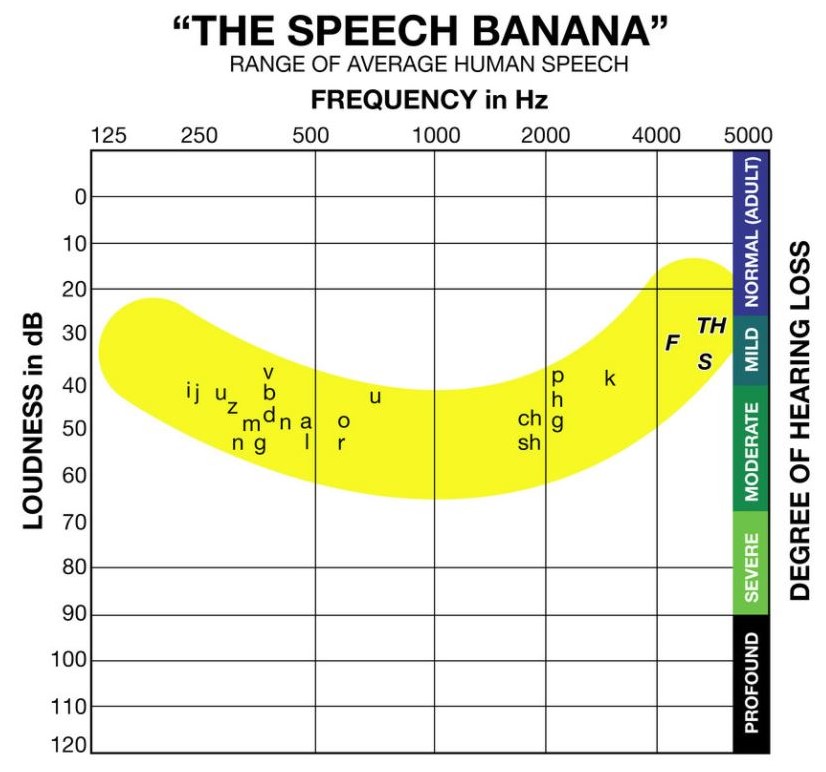
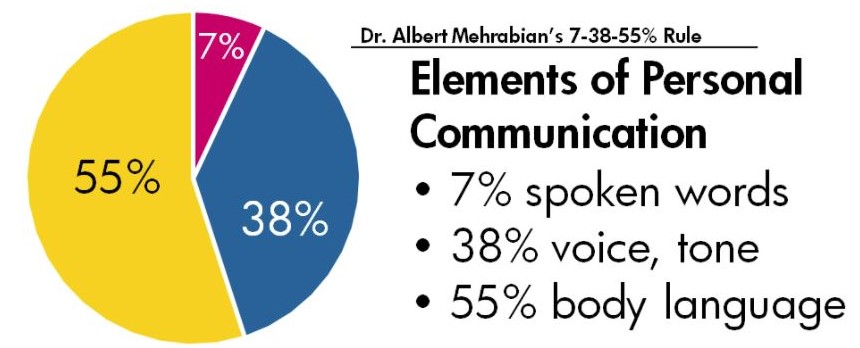
cbherring56 says
I could definitely tell the difference between the masks. Got the order correct!